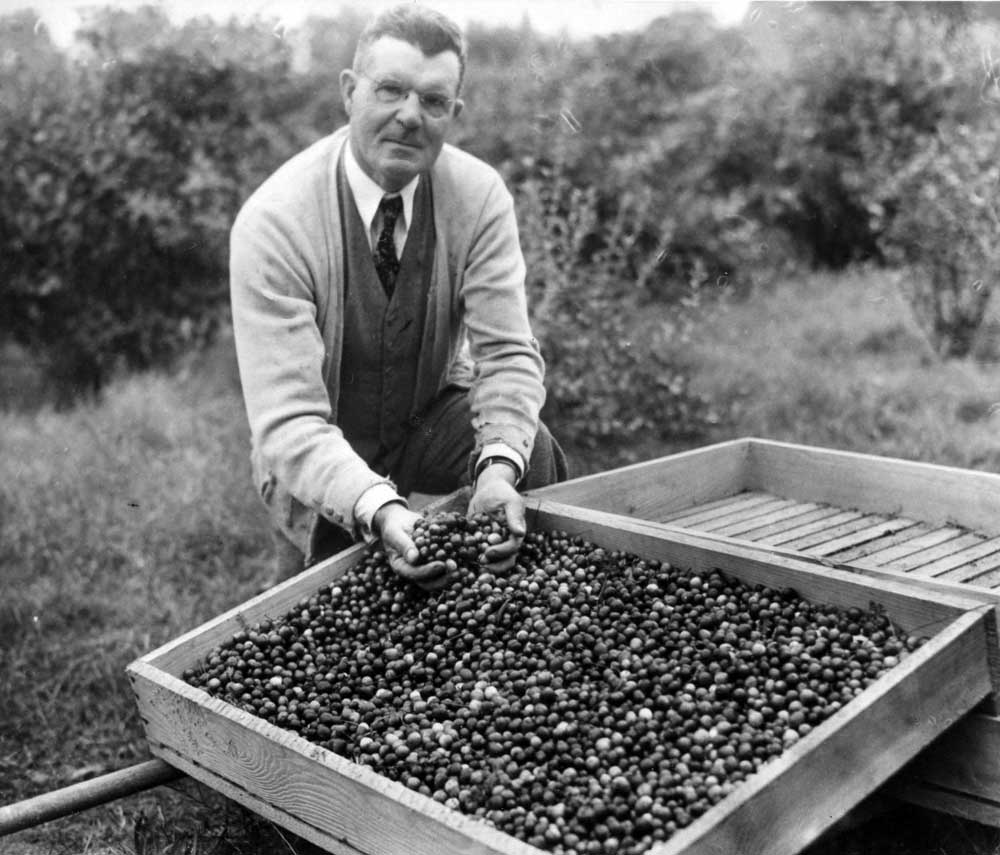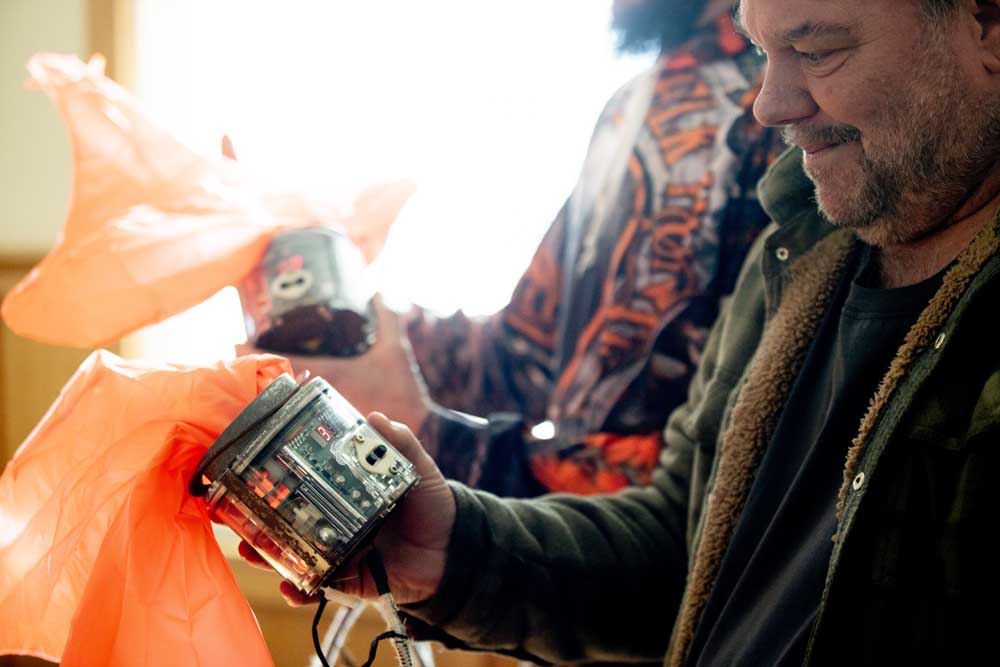Saints or Sinners? Characters of Pacific County: Crowley put his stamp on cranberries
Published 10:04 am Wednesday, November 6, 2024

- WSC Extension Agent D.J. “Jim” Crowley wisely concentrated his efforts to improve the quality of cranberries grown locally by focusing on the differences between coastal growing conditions and those found in other regions of the country. His methods were hugely successful and are still used today.
D.J. “Jim” Crowley 1889-1978
Daniel James Murray “Jim” Crowley first came to the peninsula for three months in the summer of 1922 before entering his senior year at the State College of Washington (now Washington State University). He had been chosen by the college to answer an appeal for help from cranberry growers on the coast who had been losing upwards of forty percent of their annual crop to a variety of causes since 1917; they requested assistance from specialists in plant disease. Though an earlier cooperative investigation 1918-1919 by the State College and U.S. Bureau of Entomology had recommended solutions. none had significantly reduced losses.
Jim was not a “typical” third year university student. Born in Ireland on Sept. 13, 1889, he had come to America when he was 17. Following his discharge as a Sergeant First Class in 1919, he enrolled at the State College of Washington to study plant pathology. He married Ruth Lindsey on Aug. 27, 1920, while both were students at Pullman.
‘Throughout his adult life, he had worked diligently for over a span of 50 years to eradicate the problems facing cranberry farmers of coastal Washington and Oregon.’
Trending
During the summer of 1922, between his Junior and Senior years, Jim visited all of the cranberry farmers on the Peninsula, studied their problems, and read all available information on the industry. In the end he decided that the problems of the industry were not insurmountable. In yet another serendipity, in 1923 Ilwaco banker Percy L. Sinclair (who had become a state senator in 1918) championed the interests of the cranberry farmers in his district and was instrumental in getting the Legislature to appropriate, $9,000 for research in cranberries and blueberries by the State College of Washington. This sudden availability of funds allowed Jim to graduate and receive his B.S. early in his senior year so that he could take charge of the new Cranberry Investigations Laboratory, which had been created with the appropriation. Jim was made director in 1924.
By then, Jim was already hard at work. He had returned to the Peninsula in the spring of 1923, bringing his wife Ruth and infant son along. They arrived via steamer from Portland, took a ferry from Astoria to Megler, then rode the Ilwaco railroad to Black Lake north of Ilwaco. Arriving at Cranmoor, the cranberry farm of H. M. Williams, they were greeted by the recently widowed Mrs. Williams. The Crowley family lived with her that summer and when fall arrived, Ruth returned to Pullman to put her affairs there in order.
A third-year student with intentions of becoming a teacher, Ruth had decided not to finish so that she could be with her husband. “Raising a family in those days meant quitting school,” she said many years later. After the house Jim had purchased for them in Seaview flooded, they bought a house on Washington Street in Long Beach where they eventually raised eight children, each of whom attended grade school in Long Beach and graduated from Ilwaco High School.
In the early years, without a laboratory or a car, Crowley conducted his experiments in an old shed on his property on patches of bog loaned him by farmers. He made his inspection tours from Ilwaco to Oysterville (a round-trip of 40 miles) by foot.
It wasn’t until the 1930s that Jim finally made a recommendation for the prevention of frost damage. He had successfully experimented with a sprinkling system that he had installed at the station. It was based on what his physics professor had taught him about water turning into ice and releasing heat and was his greatest contribution to horticulture. Although growers were initially hard to convince, the sprinkler systems he suggested eventually became standard equipment for commercial cranberry growers, as well as other fruit growers throughout the world.
Establishment of the station on Pioneer Road also allowed Jim the opportunity to test other varieties of cranberries in Peninsula peat soil. Most Peninsula farmers were growing an eastern variety known as the McFarlin, but at the station plantings of several varieties were made. Over a period of 15 years, Jim assisted in the development of a variety designated as “W.S.U. 72.” By vote of the growers in 1970, it is now called the Crowley in his honor.
Jim Crowley retired from station employment Feb. 1, 1954, but it was not the end of his involvement in the cultivation of cranberries. While working for the college he was not allowed to own bogs, but after retirement he purchased bogs near his home and entered the business for himself.
“D.J. Crowley died on June 9, 1978, at Ocean Beach Hospital, Ilwaco. Throughout his adult life, he had worked diligently for over a span of 50 years to eradicate the problems facing cranberry farmers of coastal Washington and Oregon. At the time of his death, he was a noted pioneer in the industry and an acknowledged expert in the development and growth of cranberries. He had been the director of the Cranberry Research Station at Long Beach for 30 years.”









